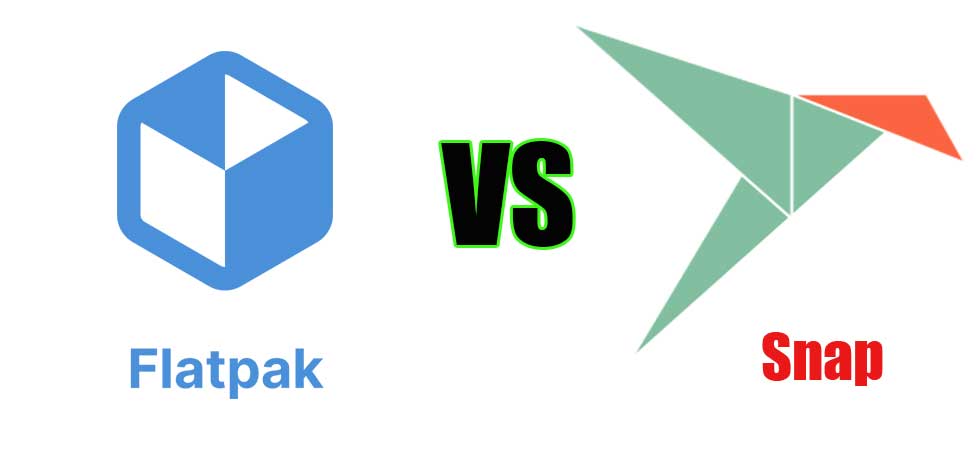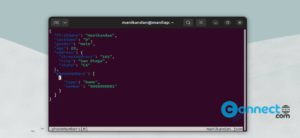Flatpak and Snap packages have gained significant traction from Linux users, providing a modern alternative to traditional binary packages and AppImages. Their popularity comes from user-friendly features, seamless integration with software centers, and effortless updates, eliminating concerns about dependencies during installation. Here’s a comparison to help you navigate between these two.

Compare the Differences Between Flatpak and Snap
History:
Snap was initially developed by Canonical and aimed to streamline app updates and simplify maintenance for developers compared to conventional deb packages.
In contrast, Flatpak originated from the efforts of Alexander Larsson, a Principal Software Engineer at Red Hat. As an independent open-source project with contributions from renowned developers, Flatpak aimed to offer a framework for distributing Linux desktop applications across diverse distributions.
Use:
Flatpak provides specifically to Linux workstations and personal computers, focusing on running desktop applications efficiently.
Meanwhile, while Snap is well-suited for desktop use, it also extends its capabilities to serve server-focused terminal applications.
Availability and Popularity:
While both Flatpak and Snap are compatible with any Linux distribution, Flatpak enjoys broader availability and seamless integration with more distributions compared to Snap. Many Linux distributions, aside from Ubuntu flavors, come pre-installed with Flatpak.
Startup Time:
Snap applications have faced criticism for their slower startup times compared to Flatpak. Although not noticeable to every user, the general consensus leans towards Flatpak in terms of app startup performance.
Performance:
App performance responsiveness, stability, and feature offerings. Some applications may perform better as Snaps, while others may excel as Flatpaks, depending on their specific requirements.
Open Source vs. Closed Source:
Flatpak is fully open source, community collaboration and transparency throughout its development.
Snap, while primarily open-source with components like snapd being open, operates within a more closed ecosystem, with the back end infrastructure for snaps being proprietary and solely controlled by Canonical, lacking community involvement.
Decentralized vs. Centralized:
Flatpak adopts a decentralized approach, allowing for multiple stores beyond the popular “Flathub” portal for acquiring apps, promoting a diverse ecosystem.
In contrast, Snap confines users to Canonical’s Snap store, representing a more centralized ecosystem.
Updates:
Snap applications receive automatic updates by default, with users having the flexibility to customize update schedules and even postpone updates for specific snaps.
Flatpak packages do not update automatically. While users are notified of available updates through software center integration, updates aren’t enforced, offering users greater control by default.
Installation and Security:
Flatpak installations don’t require admin privileges, enhancing user convenience. Additionally, Flatpak comes with sandboxing enabled by default, utilizing Linux Kernel’s namespaces for enhanced security.
In contrast, Snap installations necessitate admin privileges. While Snap also employs sandboxing through AppArmor, it operates within a more closed ecosystem compared to Flatpak.
Understanding these differences to make informed decisions when choosing between Flatpak and Snap for their Linux environments.






